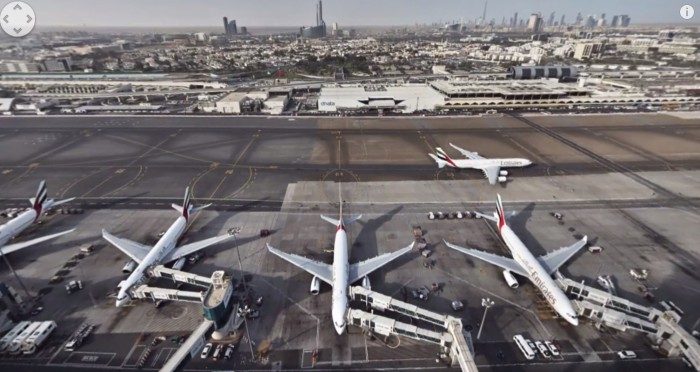Dubai360, a studio dedicated to bringing high quality 360 still images and videos of Dubai, has released a number of staggeringly good 360 videos that boast 8K quality.
Their first of many 8K videos shows a 24-hour time lapse featuring an impressive visual contrast above Dubai International Airport, the world’s busiest airport for international traffic.
With early consumer-level contenders like HTC Vive and the Oculus Rift both featuring 1080×1200 per eye resolution, and 4K televisions barely a foot in the door (let alone 8K), 360 studios are stretching the limits when it comes to video quality—and for an important reason. 360 degree video is begging for it.
VR enthusiasts have long gripped about the low quality of HD video when viewed in 360, which is in part due to the way 360 video essentially stretches the image around—making apparent resolution seem much lower than advertised.
You can download the video by getting any number of HD YouTube video downloaders and plugging in the URL. As a result, it’s possible to watch it with a DK2, and although the headset’s 960×1080 per eye resolution can’t fully capture the 8K video’s clarity, super sampling does provide noticeable benefit. For this method we suggest using Virtual Desktop to watch any locally stored 360 film, but be advised: a powerful setup is recommended to achieve the best results.
Update: Readers have brought it to our attention that the 8K version of the video is not playable on Virtual Desktop at this time, but the 4K version currently is. This was due to an unfortunate slip-up I made mistaking the 4K version for the 8K version of the video after having ripped both from YouTube. No 360 player we currently know of can replay the full resolution video. If you know of one that can handle 8K, leave us a comment below!
YouTube supports side-by-side viewing for Android devices (and soon stereo 3D 360 video) but apparently the resolution is locked at a maximum of 1440 (2.5K). If You know any way to get around this, leave us a comment!







